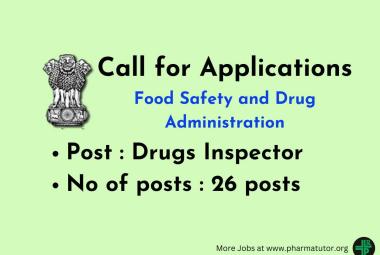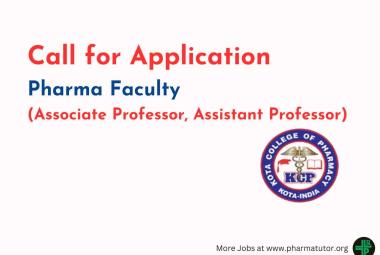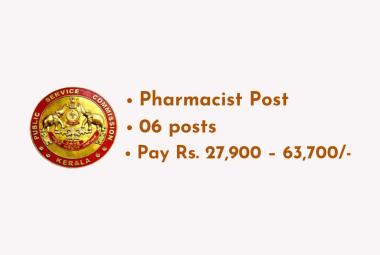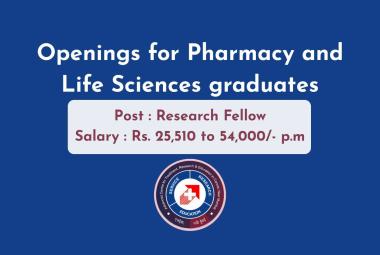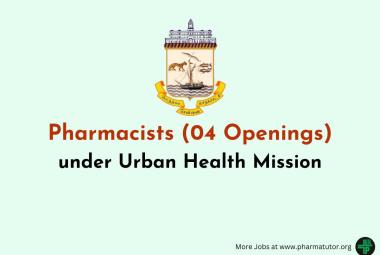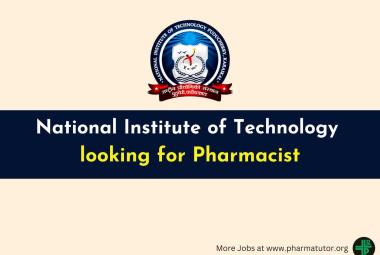About Authors:
Raj Mukherjee*, Koyel Sen, Dr. Ketousetuo Kuotsu**
* Department of Pharmaceutical Technology, Jadavpur University.
** Assistant Professor,
Department of Pharmaceutical Technology,
Jadavpur University.
* rajmukhrje@gmail.com
Abstract:
“Paclitaxel” is a potent mitotic inhibitor acting as anti-neoplastic agent, obtained as complex diterpins, termed “Taxanes” from the barks of Taxus breufolia (Pacific Yew). The oral bioavailability of the drug varies around 6-7% and has a strong protein binding capacity altering between 89% - 98%. Most of these drugs have a central role in metastatic ovarian and breast carcinoma, along with advanced head and neck cancer, small cell lung cancer, esophageal adenocarcinoma, hormone refractory prostate cancer, Kaposi’s Sarcoma and also in the prevention of recurrent narrowing of Coronary Stents. Paclitaxel mainly functions by improvising enhanced stabilization of microtubule polymers during cell division and binds specifically to the beta-tubulin subunits, thus antagonizing disassembly of the key cytoskeletal protein, producing abnormal arrays of microtubules throughout the cell cycle. Due to the poor aqueous solubility there is a need for the development of alternative formulations of paclitaxel with improved solubility and at the same time devoid of major toxic effects. Various approaches employed so far include cosolvents, emulsions, micelles, liposomes, microsphere nanoparticles, cyclodextrins, pastes, and implants. All these formulations have been prepared with specific aims to enhance bio-stability and reduce the basic toxic effects of Paclitaxel including low blood count, hair loss, peripheral neuropathy, anthralgias , myalgias, nausea, vommiting, mouth sores and various hypersensitivity reactions . The drug undergoes extensive CYP-mediated hepatic metabolism (majorly CYP2C8 with specific contributions from CYP3A4), and not more than 10% of a unit dose is excreted in the urine intact. We have tried to answer the probable mechanisms of Paclitaxel and how it can be made more bio-available in order to enhance its anti-cancer activities. Our review revealed the active ingredients that are co-administered with paclitaxel did not improve its functions but blocked the pathways that decreased the function of paclitaxel, since P-glycoproteins itself reduces the accumulation of paclitaxel and might use it as a substrate.



 ABOUT AUTHORS:
ABOUT AUTHORS: About Authors:
About Authors: About Author:
About Author: About Authors:
About Authors: